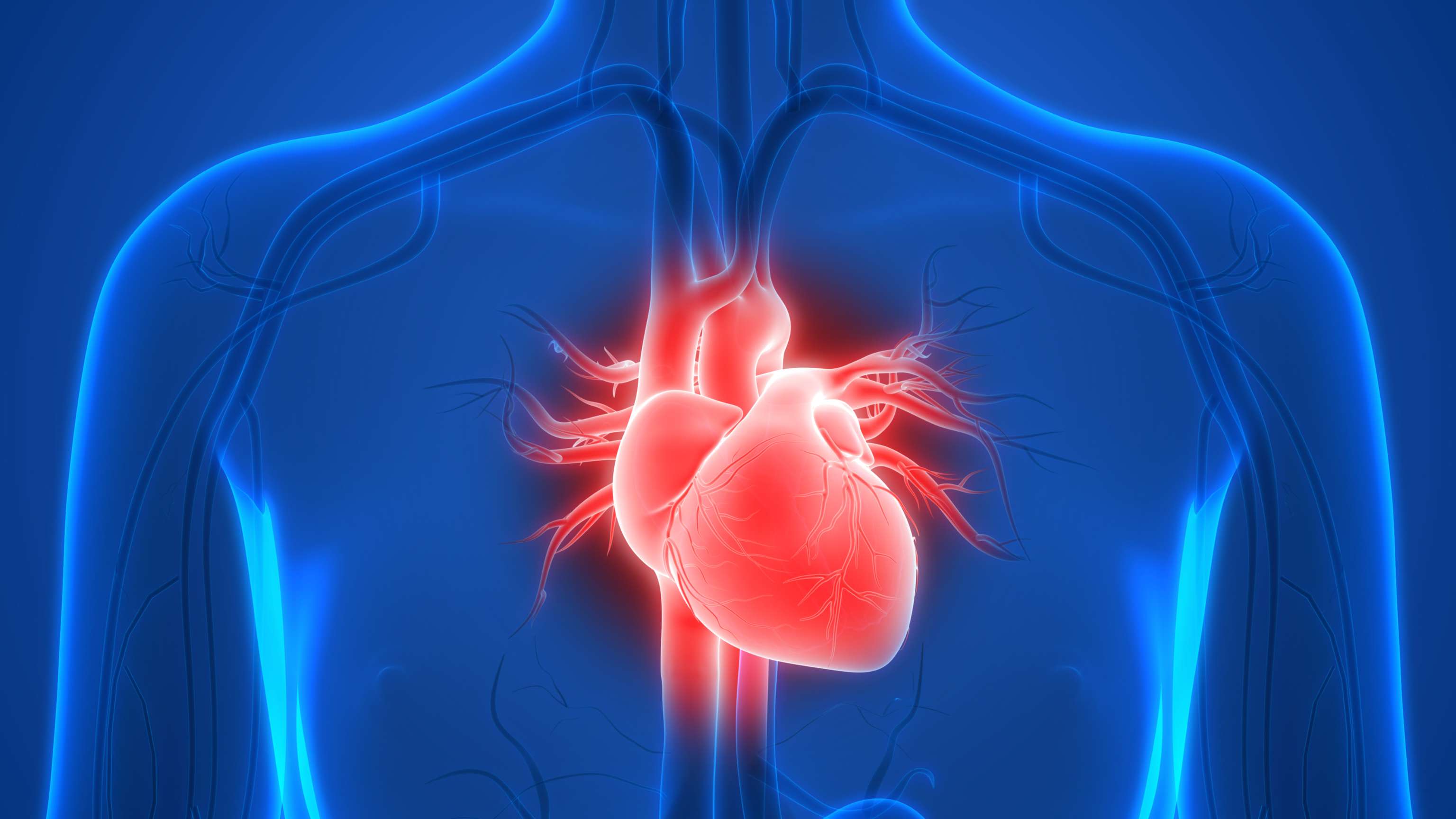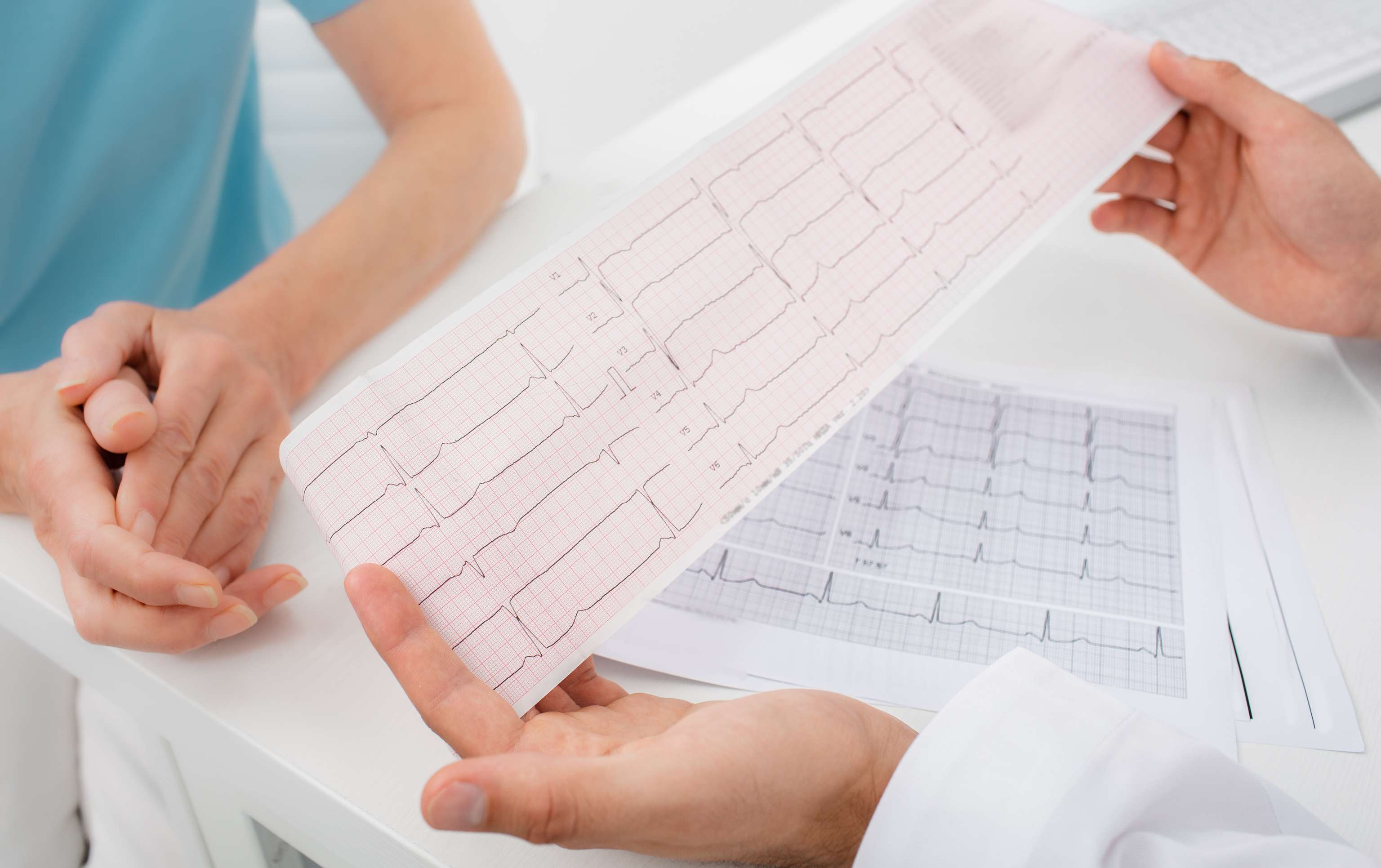Once a precise diagnosis has been made, cardiac arrhythmias can be treated either with medication or also by means of so-called electrotherapy. Sometimes, however, cardiac arrhythmias are chronic and cannot be completely cured.
The drugs used to treat arrhythmias are also called antiarrhythmics. These can generally be divided into four different classes:
| Class | Drugs | Indications |
|---|
| I. Sodium channel blockers | z. E.g., ajmaline, propafenone, flecainide, lidocaine, quinidine | z. B. Acute ventricular arrhythmias, atrial fibrillation. |
| II. beta receptor blockers | z. e.g. propranolol, metoprolol, bisoprolol, nebivolol | z. e.g. tachycardia, after myocardial infarction |
| III. potassium channel blockers | z. e.g. amiodarone, sotalol | z. B. Ventricular arrhythmias, atrial fibrillation |
| IV. Calcium antagonists | z. e.g. nifedipine, diltiazem, verapamil | z. B. Supraventricular tachyarrhythmias |
| Unclassified antiarrhythmics | Adenosine, magnesium, dronedarone, vernakalant | - |
Electrotherapy of cardiac arrhythmias can be generally divided into three treatment methods:
- Pacemaker therapy: single-chamber pacemaker, dual-chamber pacemaker, three-chamber pacemaker (DDD-0V).
- External electrocardioversion and defibrillation: For example, for the treatment of supraventricular and ventricular tachycardia with possible shock. Also for the treatment of ventricular fibrillation and ventricular flutter.
- Catheter ablation: Catheter ablation is a minimally invasive procedure on the heart. In the case of atrial fibrillation, electrical interference fields in the left atrium can be sclerosed with the aid of heat or cold and thus switched off.
If there is another heart disease in addition to an arrhythmia (e.g., CHD, valvular heart disease, high blood pressure, myocarditis, cardiac insufficiency), this is usually treated first. Often, underlying heart disease is causative for arrhythmia.
In addition, any other risk factors for arrhythmias should also be treated. These include, for example, hyperthyroidism, obesity or diabetes mellitus.




